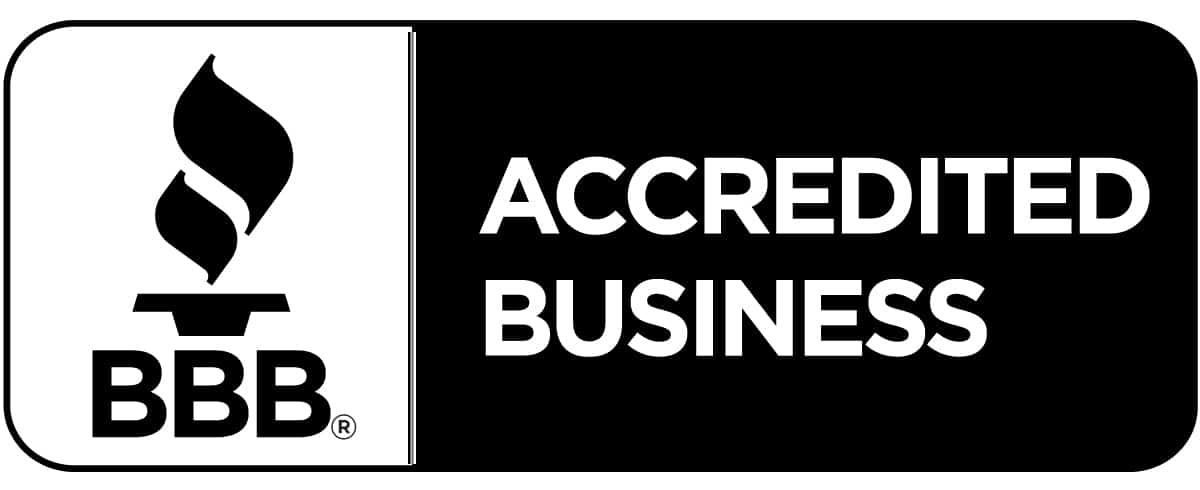Typically, the larger a corporation is, the more of an unspoken separation there is between departments. Actually, there is also often a very visible separation that sends a message about how high (or low) they rank in the proverbial food chain. There are those with spacious corner offices, those with offices, and those with cubicles (or who work at shared communal spaces, etc.) Especially in very large corporations, these distinctions are necessary based on employees’ roles in the company. A corporate attorney, for example, needs the privacy of an office. So does a CEO.
Surprisingly, even small, progressive companies and startups struggle with how to combat feelings of corporate hierarchy. Left unaddressed, even when these messages are unintentional, an unspoken but sensed corporate hierarchy leads to an “us versus them” mentality that undermines a company’s goals. So, what can you do to reiterate to your employees that each and every individual is integral to the company’s success? That you’re all a team, and there is no “I” in team? That a team is only as strong as its weakest player? Here a few actionable ways to help you get this message across.
Ask, Listen, and Act
The best way to gauge how your employees feel and to identify problems so you can nip them in the bud quickly is to ask for feedback. As an employer or manager who is focused on the end goal, you may not even realize there are cracks in your company culture. You may have no idea that rifts are developing between individuals or departments. That’s why you need to take the time to ask employees for their feedback. Every company is different and what works for one won’t work for another. You could call employees in for a chat or take them for lunch, send out an anonymous questionnaire, or invite feedback through a private email address.
Once you receive feedback (and you’ll probably get positives and negatives), absorb it before you respond. Take it seriously. Become the best listener in your office.
Ask employees who have complaints for suggestions about what steps can be taken to smooth over issues. Constructive criticism is always valuable, as it opens your eyes to problems you may not know exist.
Looking for more information on learning from employee push back or criticism? Find out more here.
Foster a Culture of Transparency
One thing that feeds the us versus them mentality is a sense of secrecy. When employees don’t implicitly understand the direction and long- and short-term goals you envision for the company, they may feel they’re not important enough to know these critical things. The same holds true when it comes to sharing results, setbacks, bottom lines, etc. If your employees work very hard on a proposal, take the time to share with them how it ended up. If you get the project, they’ll feel proud to have been a part of it. If you didn’t get the project, they may have insight about what could be done differently in the future. Either way, they’ll feel valued.
Be “We” Focused
If you want to discourage a hierarchical workplace, drop the fancy titles. Encourage your employees to call you “John” instead of “Mr. Smith.” You may be the boss, but you’re a human being and so is each employee. When you soften the line between employer and employee, you encourage your employees to relax and lighten up. When you relate to them as equals, you’ll learn things about them. You may be pleasantly surprised to learn that Juan is pursuing his Master’s in Business, Jane mentors at-risk students, or Bill is a talented artist or musician.
Check your ego at the door and make sure you let everyone else know that you expect the same from them. Employees will appreciate, work harder for, and respect bosses who don’t constantly remind everyone they’re the boss.







